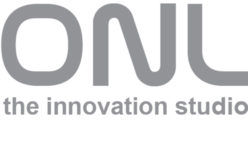
Full Professorship
Coming years I will find myself in a challenging new position, while I have accepted a full professorship at the Qatar University in Doha. I intend to give a renewed boost to Hyperbody there at the Qatar University after the inevitable closing down of Hyperbody at TU Delft. At TU Delft one ‘s contract simply expires when you’re 65, independent from whether one heads a successful master design course track or not. It was decided that my chair will not be continued. Then Qatar University has been eager to have me, to assist them in redefining their architectural and engineering curriculum. In general the Gulf Region definitely has a more ambitious forward looking state of mind than the cynical, polarizing scheme of things the West has adopted in the past decades.
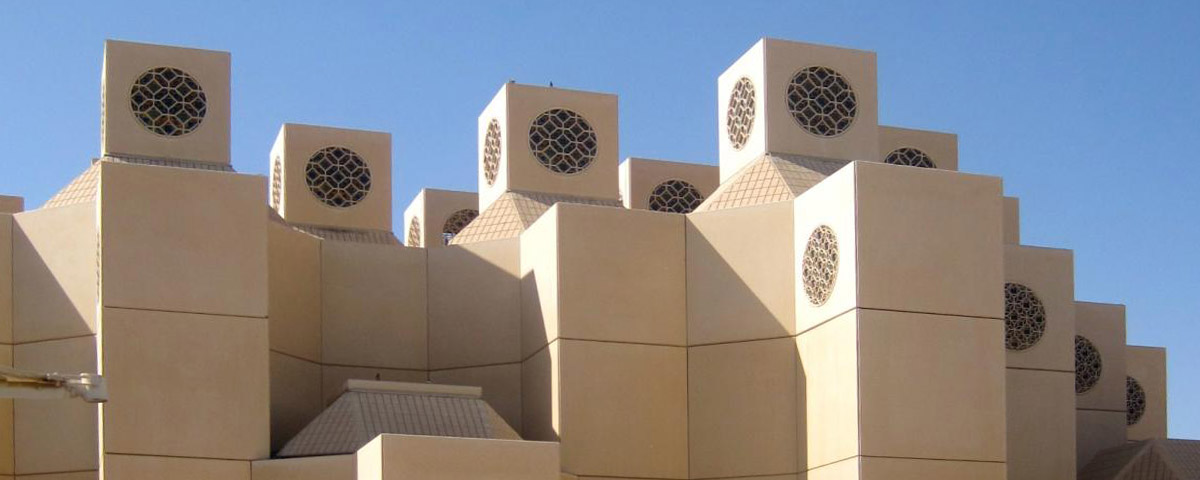
Mosquephobia
On the 5th of May I was invited to lecture at the 2nd Mosque Design & Development Conference in Dubai. My participation was kindly sponsored by the Dutch Creative Industry PIB progam. A small conference but in many ways worth the attendance. It provided for ample insight in the normality and daily use of mosques, deepened by a number of both historical analyses and forward looking concepts for mosque designs. There were a number of presentations that were straightforward critical on how mosque design has been trivialized in recent years, especially in the West. Prof Ali Alraouf evaluated the growing Islamophobia and Mosquephobia in the West, and blamed the mosque designers and builders to have triggered the phobia by adopting utterly cheap and banal imagery for the mosque designs. From the side of the investors a cool proprietary wind has blown into the functioning of mosques, and hence in mosque designs, supposedly reducing them to places for efficient 10 minute prayers and the Friday elevation speech, no longer functioning as the active colorful social hub that it once was.

This down-draining of the social function of the mosque reaches its extreme in the prayer spaces in the shopping malls. A researcher of The American University of Sharjah identified the problem and became interested in how take avoid crossing people flow in the dark backspaces of the shopping malls as to enhance the efficiency, avoid queuing and jamming at the ablutions spaces. But all of that without even considering the design concept, therewith assuming that nothing more could be done than a flow diagram in a black box away from the public. Therefore his research becomes instrumental in institutionalizing the pitiful situation. The mono-cultural segregation of functions that devastated western urban planning and building concepts has obviously done its destructive work the Middle East as well. There is a clear relation between poor downward cycled mosque design and the blind attraction that some of these places have to more traditional interpretations of the faith. Poor backward looking designs by and large go hand in hand with societal narrow-mindedness, and therewith give rise to further segregation and polarization. In this context it is instructive to read Marwa Al Sebouni‘s book The Battle for Home on the relation between poor urban planning and building in Homs in Syria and the heartless fights between the various political factions in recent years, where she finds herself caught in the middle of it. In her view urban segregation accelerated political polarization and eventually destruction.
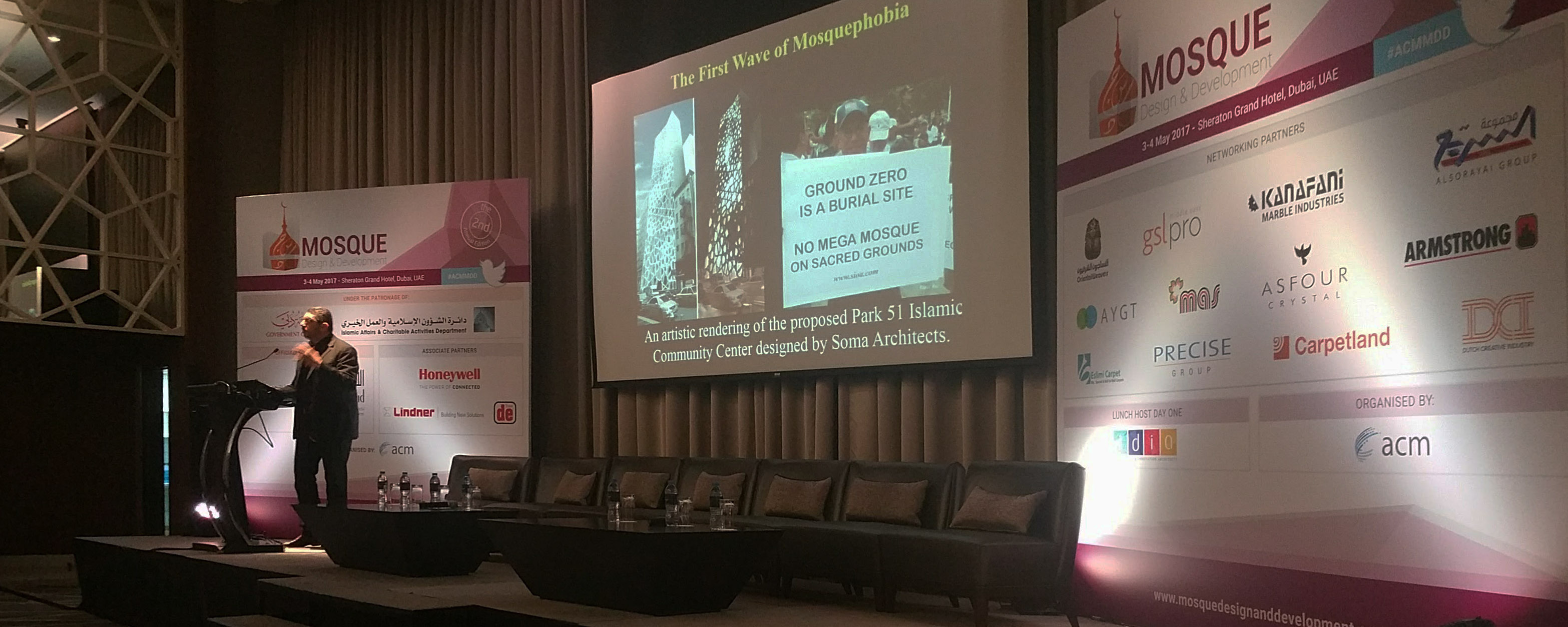
There was inevitably a strong emphasis by most speakers on sustainability, circular building, energy saving, retrofitting etc. But again without much relation to the design language and syntax itself, while it must be obvious that the very first design thought is the most important to define the possible success of any green building concept. Some presentations rightfully argued for the integration of large surfaces of running water for natural cooling purposes, therewith doing away with the need for air-conditioning, which usually feels either too chilly or not cool enough.
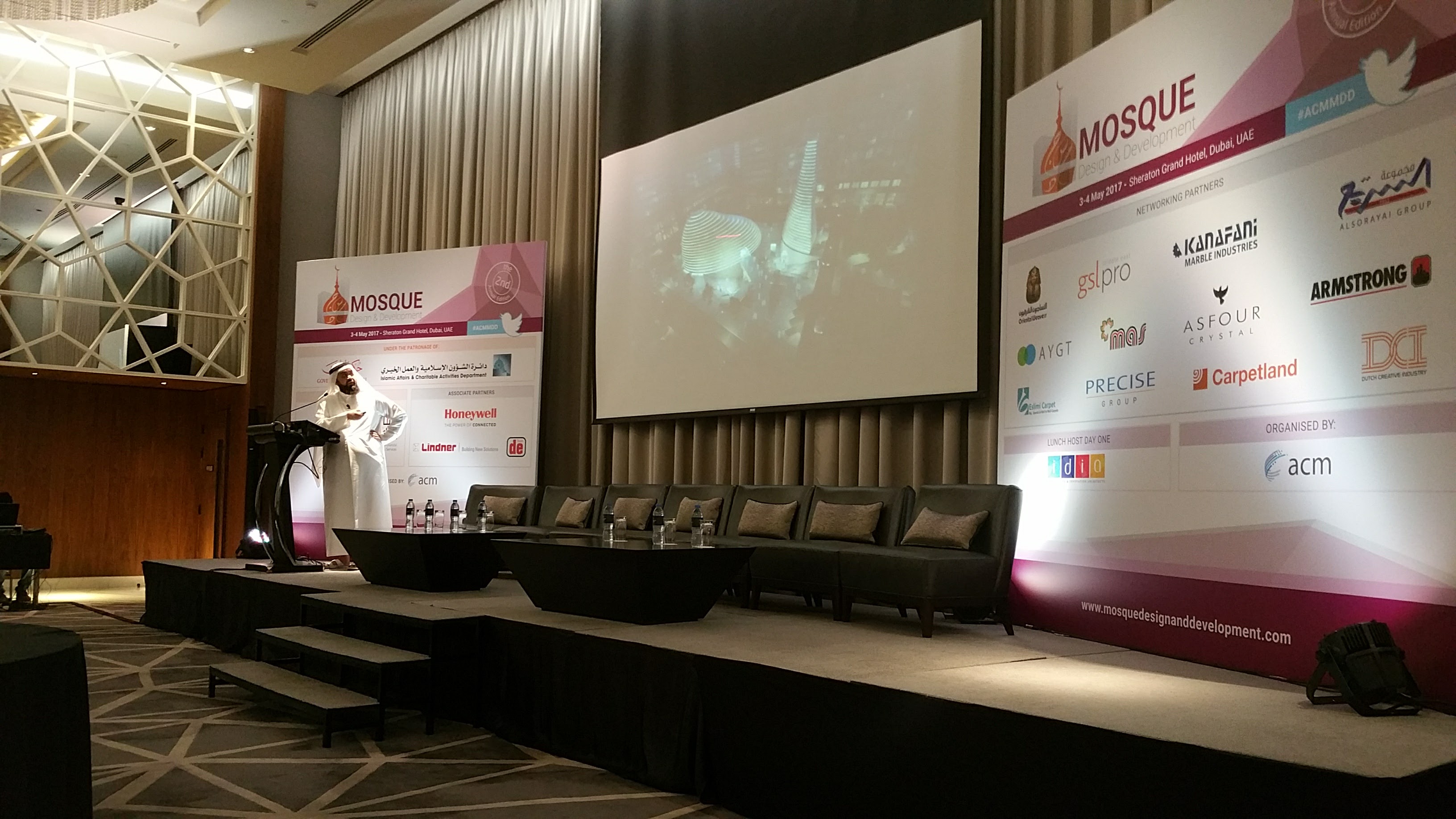
Social hubs
The common opinion at the 2nd Mosque Design & Development conference was that the mosques should become social hubs again, attracting a variety of activities and functions, well integrated in the social fabric, while the design of the mosques should take advantage of the most modern technologies available. A rather nice example of a modern approach to mosque design is the Center for Islamic Studies in Qatar Education City, designed by architect Ali Mangera. That impressive building features dynamic sweeps to define the rocketing minarets and the swirling domed interior spaces includes everything that defines a social hub: café’s, outdoor meeting places, library, place for prayer, place to play around, a park to stroll around. The modern mosque is an open mosque, every aspect of the design is open for design, and open for social interaction. It is a true relief to see such optimistic forward looking approach in built form in the heart of a country, which is in the western world considered as conservative. In reality Qatar is a country of many speeds, both more advanced and more rooted. To feel the manifold of speeds in development makes it a dynamic society, open for innovation and respect for the old at the same time.
Building relations
According to the conference management team my lecture was considered the most interesting contribution. My examples of built projects based on parametric design – which I explained as the building of relations between people and things – data driven building techniques like parametric design, file to factory processes, design to production, mass customization, robotic building, 3d printing and adaptive environments was generally accepted as the way to go. When asked to design a mosque – as a matter of fact I am currently pitching for one particular one – I would, from the very first conceptual idea, establish dynamic links of social, spatial, climatic and financial parameters to the swarm of constituting building components as to be in dynamic control of the design & development of the mosque, as to be prepared to guarantee the desired performance, both socially, technically and aesthetically.
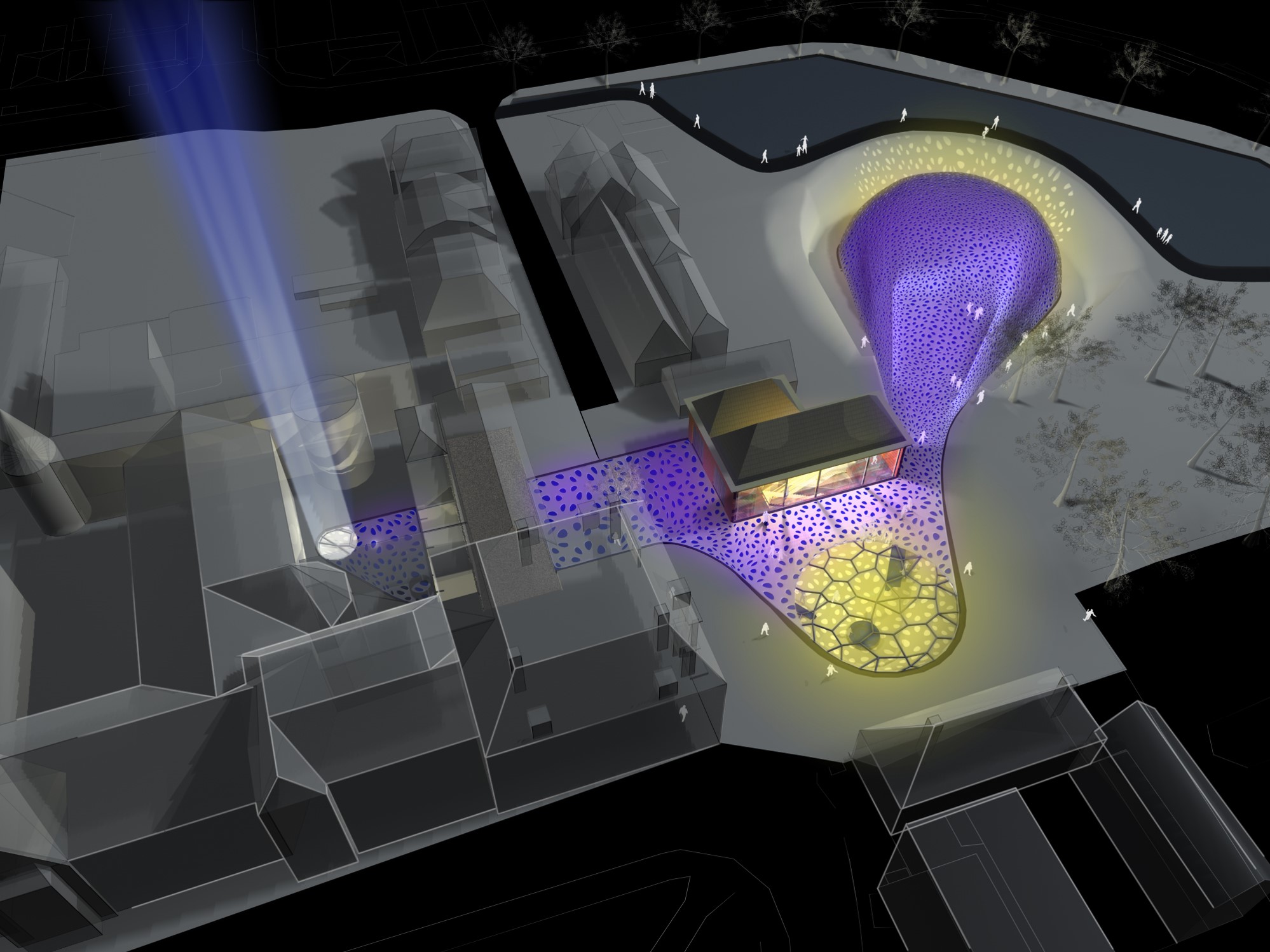
After having completed the LIWA tower some years ago in Abu Dhabi, and after having been commissioned several urban design studies by project developers like Aldar Properties, I am looking forward to contribute in further design development for building in the Gulf Region. A lot of innovations still have not infiltrated the building industry there yet, but the general mood is one of an open eye to radical new developments. At the same time one should become aware of the severe constraints to innovation by relying on cheap labor too long. Robotic techniques will replace the cheap workforce in due time, while prefabrication – including 3dprinting – will eventually replace the now dominant technique of on site pouring of concrete.
It was a real pleasure to meet like-minded designers and researchers in that fascinating part of the world, which superficially seems to be at odds with the western world. I am convinced that the power of a game changing design proposal can make a substantial difference, as to start constructing and synthesizing a new precious inclusive societal fabric, not only for mosques, but basically for every building project.
kas oosterhuis | written in A380 flight from dubai to amsterdam| 5 may 2017
